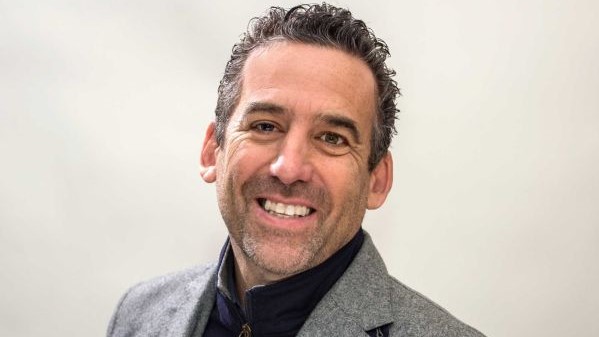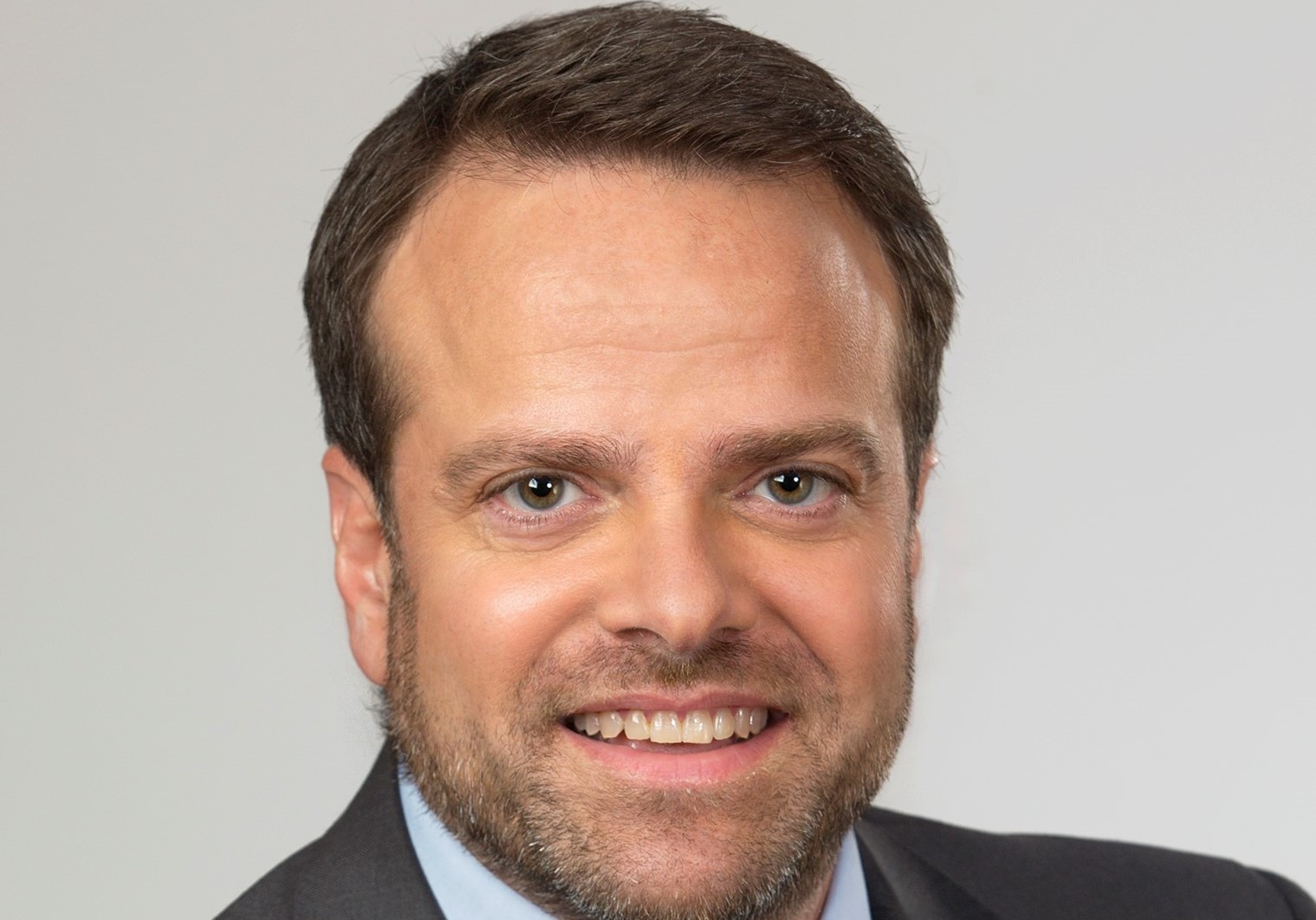Sinclair Turns to Tech To Maximize Ad Revenue
Broadcaster is rolling out unified ad platform and yield management tools

Sinclair Broadcast Group is rolling out new technology to squeeze more dollars out of its advertising inventory across the company.
“We’re not just a television company anymore. We’re a multiplatform company,” Rob Weisbord, Sinclair’s chief operating officer and president of broadcast, told Broadcasting+Cable.
That means the company isn’t just selling local broadcast commercials. There are 80 different ad products available, digital, streaming, national and local. In a soft advertising market, making sure all that inventory is easy for account executives to package and that it’s priced to maximize revenue is more important than ever.
On Sinclair’s fourth-quarter earnings call last month, the company told Wall Street that it would be launching the first phase of its unified ad platform in March. It also said it was implementing new yield management tools.
Weisbord said the unified ad platform will combine all of Sinclair’s advertising assets and allow its sellers to offer clients cross-platform ad campaigns.
Broadcasters have invested a lot of money in digital assets to be cross-platform, but cross-platform selling has proved difficult, he said.
The unified ad platform “will allow us to surface holistically all the options and what our recommendations are to increase reach and frequency,” Wesibord said. “What this does is it makes your ad sales guys more valuable because they have access to all this extra inventory and better analytics.”
The smarter way to stay on top of broadcasting and cable industry. Sign up below
It also “takes out some of the friction between buyer and seller and increases the velocity of presentations,” he said. More presentations equal more sales and more revenue.
Sinclair started working on its unified ad platform with ad tech company Operative about two years ago.
Ben Tatta, who joined Operative as chief commercial officer last year, said that as broadcasters like Sinclair have acquired new types of inventory, each type has been sold a certain way using different tools, workflows and systems. That’s kept them siloed and created a need for them to operate as one. ■

“This is all about automating and unifying the workflow, but ultimately driving greater yield. Everyone is struggling to understand how to maximize yield across all their inventory classes, and the first way to do it is to bring them together into one system..”.
Rather than build a single system for all those inventory types, Operative’s Advanced Operating System links the existing disparate systems in the cloud, enabling them to communicate and share data, Tatta said. The solution is less expensive and more flexible than creating new hardware and likely to take longer to become obsolete, Tatta said. The system is set up to handle multiple currencies and pivot between Nielsen gross ratings points and Comscore impressions.
AOS allows companies to manage their inventory and enables users to create integrated campaigns that run across all assets.
“If they want to move inventory from local to regional because there’s more regional demand, they can do that dynamically and make those decisions much more intelligently,” Tatta said.
It also puts more information at the fingertips of sales reps and planners. “If they want to understand what the average rate for auto clients in a similar sized markets, they don’t have to send an email to the research departments, and then a week later get the answer. They can go right into the system to see because all of the inventory and rats and avails are visible and accessible,” he said.
Tatta said Sinclair was among the first clients to sign up for AOS and now it has about a dozen clients, including Fox.
The product is now out of beta and now generally available. AOS is customizable with customers being able to add the modules they need, whether it's a digital module for digital publishers, a national network module or AOS local for local clients. There is also a new analytics tool for reporting on the back end of campaigns.
YIELD MANAGEMENT TOOLS
Sinclair is also working with Atlanta-based Revenue Analytics, which provides dynamic pricing and yield management tools for hotels as well as media companies. The tools have been beta tested in 10 markets and will be rolled out nationally by the end of April.
“It’s always been my frustration when I look at the airline and hotel reservation systems, that broadcast hasn’t been able to replicate that,” Weisbord said.
Revenue Analytics, which pivoted from a technology-enable consultant to a software as a service platform, understands demand curves and markets where every client is not created equal when pricing inventory, Weisbord said.
The tools use artificial intelligence and machine learning so the algorithms get smarter and smarter based on past history, he said and should reduce the pre-emptions that occur when sales reps make late sales at higher prices, and clients that bought earlier at lower prices have their schedules canceled.
“If you book yourself at the Ritz and they were oversold and say they could put you up at the Days Inn, how happy would you be as a consumer? If we use these tools properly, there won’t be preemptions of spots outside of program changes,” Weisbord said.
“We need to ensure that when clients buy an ad in a show, they get the should they expected to buy. ‘And by implementing a pricing system based on supply and demand, the AI and machine learning will make the recommended rate changes and we’ll have the intelligence to say ‘we need this rate or you have a shot at not running..’” he said.
He said preemptions now can be 20% or 30% of sales With the new systems, stations aren’t going to quote rates that don’t have a shot at running. “Pricing would be more consistent, schedules would run cleaner and there would be a higher level of confidence for the buyers to place more dollars on us because we’ll be running their schedules clean,” he said. “It give us street credibility that when we set a price perceived as too high, there’s a reason. There’s also a rationale when we lower rates.”
Sinclair has a centralized yield management team that will help introduce the new tools to the stations.
Steph Garfrerick, VP of media at Revenue Analytics, said her company works mostly with local TV and radio station owners including Gray Television and Hearst Television, as well as some cale networks. The company has added more than 1,000 stations over the past year and a half, she said.
“We started to see significant growth as people were looking to standardize, automate and bring data and AI to their pricing and inventory processes, Garfrerick said. “People are trying to maximize their inventory yield. We want to get every dollar possible out of every spot they sell.”
Revenue Analytics helps stations reduce pre-emptions by not waiting till the last minute to adjust prices. She notes that pricing at many stations is still set by individual sales managers, some of whom have a knack for that, but others who have no business doing it.
With the new tools, pricing is adjusted automatically, saving time and making it easier for sales reps to figure out how much they should charge for campaigns.
Garfrerick said different stations are moving at different speeds when it comes to centralizing their pricing and yield functions. “Sinclair wants to move pretty quickly. If you’ve ever talked to Sinclair, they wanted it yesterday,” she said.
Weisbord said that while the new systems will help Sinclair compete with other stations, the whole industry should be moving in this direction. “I don’t think the industry is the competition any more. The FANGs [Facebook, Apple, Netflix and Google] of the world are the competition. Even the OEMs, the Samsungs and the Vizios of the world, are the competition.” ■
Jon has been business editor of Broadcasting+Cable since 2010. He focuses on revenue-generating activities, including advertising and distribution, as well as executive intrigue and merger and acquisition activity. Just about any story is fair game, if a dollar sign can make its way into the article. Before B+C, Jon covered the industry for TVWeek, Cable World, Electronic Media, Advertising Age and The New York Post. A native New Yorker, Jon is hiding in plain sight in the suburbs of Chicago.

